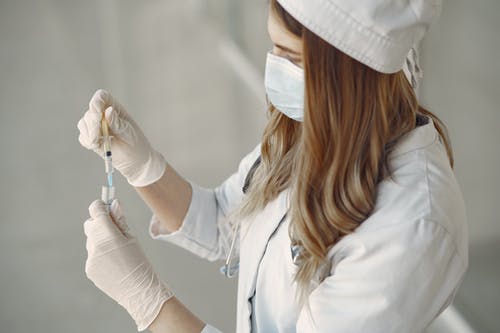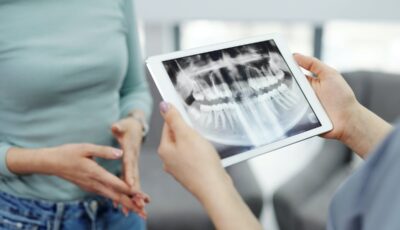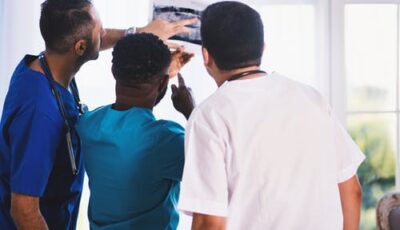
Have you ever had an unwanted mole that made you self-conscious or uncomfortable? Whether for cosmetic reasons or concerns about potential health risks, removing unwanted moles is a common desire for many individuals.
About Mole Removal
This comprehensive guide will explore safe and effective mole removal methods, providing you with the information you need to make informed decisions. So, let’s embark on this journey to discover how you can bid farewell to those unwanted moles!
Understanding Mole Removal: When and Why
Some common motives include:
- Cosmetic Concerns: Unwanted moles, especially those in prominent or visible areas, can affect self-confidence and body image. Many individuals opt for mole removal to enhance their appearance and feel more comfortable in their skin.
- Health Considerations: While most moles are harmless, certain moles may exhibit suspicious characteristics that raise concerns about potential risks, including skin cancer. Removing such moles can help alleviate worries and ensure peace of mind.
Safe and Effective Methods of Mole Removal
Some of the safe and effective methods of mole removal commonly used for mole removal:
- Surgical Excision: This method involves removing the mole and a small margin of surrounding healthy skin using a scalpel or surgical blade. It is suitable for both cosmetic and suspicious moles. The procedure is usually performed under local anesthesia, and the wound is closed with sutures, leaving a small scar that fades over time.
- Laser Removal: Laser technology has revolutionized mole removal by targeting and breaking down the pigment within the mole. This method is often used for smaller and non-cancerous moles. Laser removal is relatively quick and requires no sutures. However, multiple sessions may be necessary for complete removal.
- Shave Excision: In this procedure, the dermatologist uses a small blade to shave off the mole’s surface, leaving the mole flush with the surrounding skin. Shave excision is typically reserved for non-cancerous, raised moles. Sutures may or may not be required, depending on the depth of the mole.
- Cryotherapy: Cryotherapy involves freezing the mole using liquid nitrogen, causing it to blister and eventually fall off. It is commonly used for small, non-cancerous moles and requires no sutures. Multiple sessions may be needed for complete removal.
Recovery and Aftercare
After mole removal, proper care and follow-up are essential for optimal healing. Here are some general guidelines to consider:
- Keep the treated area clean and dry.
- Follow the healthcare professional’s instructions regarding wound care and dressing changes.
- Avoid exposing the treated area to excessive sunlight or tanning beds.
- Apply sunscreen with a high SPF to protect the healing skin.
Attend all scheduled follow-up appointments to monitor the healing progress and address any concerns that may arise.
Split Earlobe Surgery and Inverted Nipple Surgery: Additional Cosmetic Considerations
- Split Earlobe Surgery: A split earlobe can occur due to various factors, such as wearing heavy earrings or accidental trauma. Suppose you have a split earlobe that affects your confidence or prevents you from wearing earrings. In that case, a professional who specializes in earlobe repair surgery can perform split earlobe surgery to repair and restore the earlobe’s integrity. The procedure involves meticulous suturing to bring the edges of the split together, resulting in a natural-looking and functional earlobe.
- Inverted Nipple Surgery: Inverted nipples, which retract inward instead of protruding, can cause self-consciousness and difficulties with breastfeeding. Inverted nipple surgery is a procedure that aims to correct this condition by releasing the tissues that cause the inversion and reshaping the nipple for a more outward projection. Skilled healthcare professionals specializing in cosmetic breast procedures, including inverted nipples correction in Toronto, can help you regain confidence and comfort.
Conclusion
Removing unwanted moles safely and effectively is possible with the guidance of healthcare professionals specializing in mole removal methods. Whether you seek mole removal for cosmetic reasons or have concerns about potential risks, consulting with a specialist provider is the first step towards achieving the desired change.
By understanding the different mole removal methods, you can make informed decisions about the most suitable approach for your situation. Additionally, if you have cosmetic concerns like split earlobes or inverted nipples, specialized procedures are available to address those as well.






